For Professionals, By Professionals

Discover ProX PC for best custom-built PCs, powerful workstations, and GPU servers in India. Perfect for creators, professionals, and businesses. Shop now!
SERVICES
WE ACCEPT









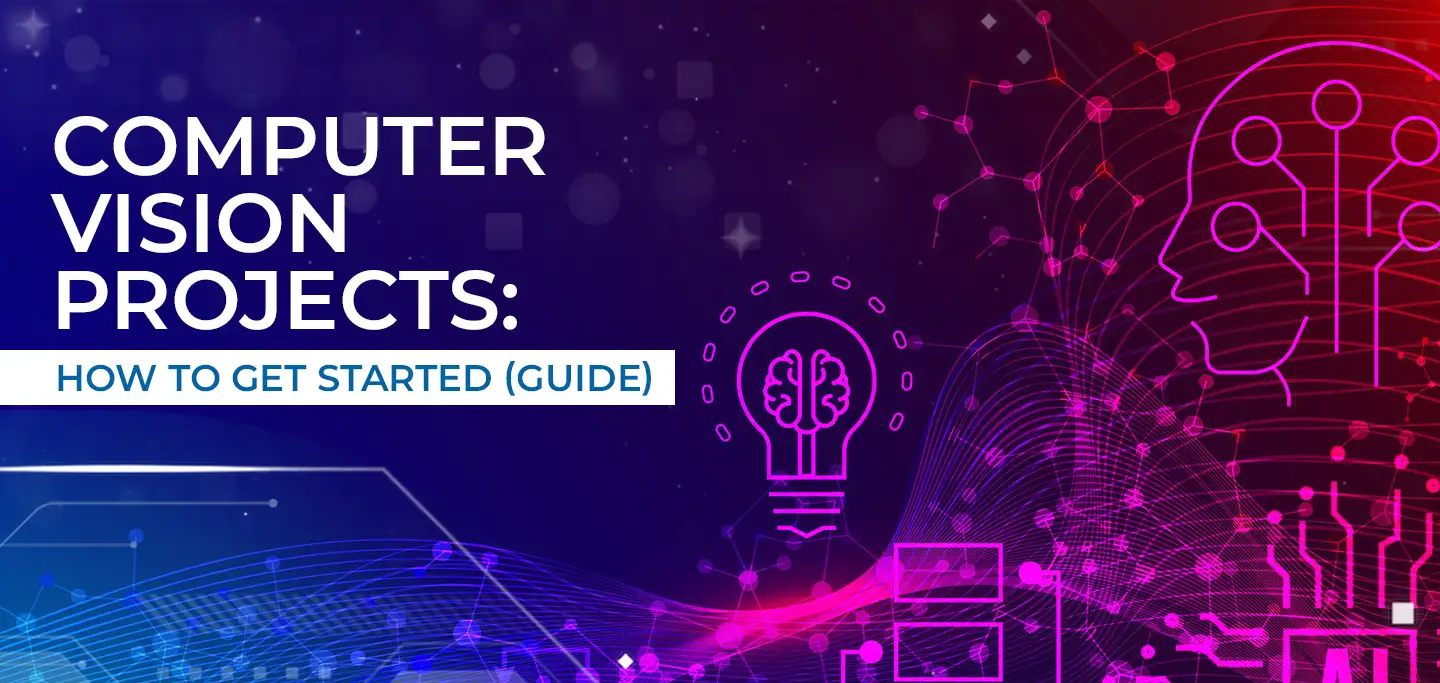
Contents
There are many reasons why Computer Vision is difficult, and most computer vision projects never make it to production. Software algorithms, cloud infrastructure, and Edge Computing hardware components must align perfectly to kick off a new Edge AI project. The high level of complexity for such AI vision systems often results in exhausted budgets, delayed deadlines, or ROI metrics that are not met.
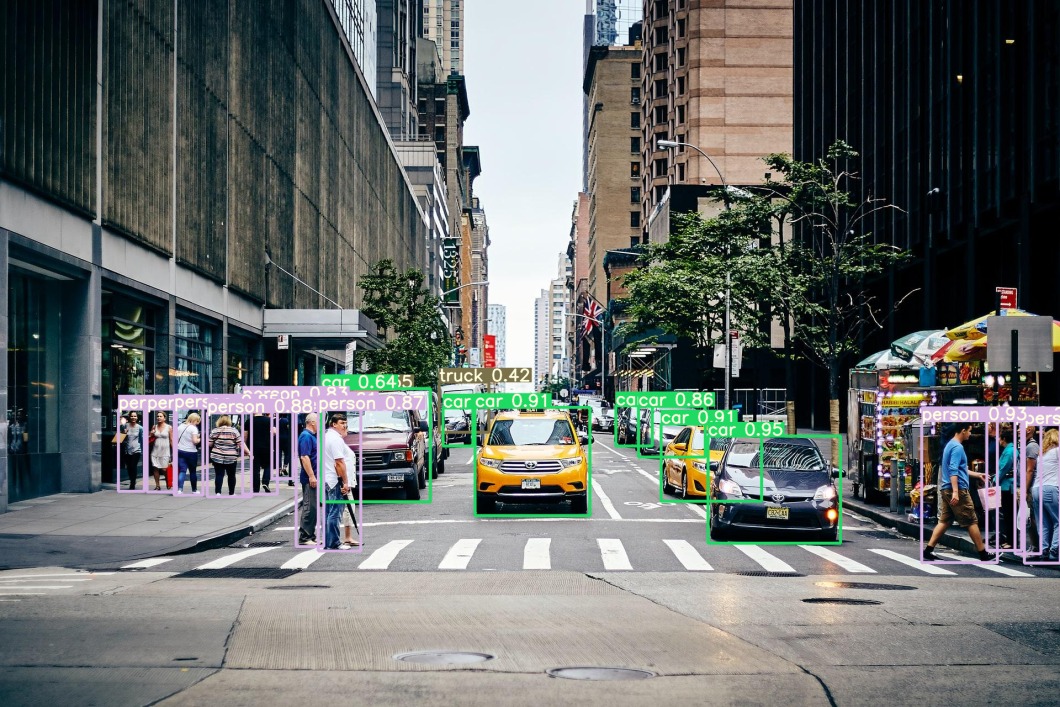
Vehicle and object detection from self-driving car project.
At the same time, new applications of Computer Vision appear every day, no matter what industry we are looking at. These use cases have the potential to disrupt whole industries by automating time-consuming manual processes or the introduction of innovative products or services.
About us: ProX PC is the end-to-end computer vision solution for enterprises. With a simple interface, The platform allows machine learning teams to easily integrate computer vision solutions into day-to-day operations. To learn more about how ProX PC can improve your organization’s use case, book a demo with our team.
Why Implement Computer Vision?
Due to its visual nature, it’s not hard to imagine the sheer number of possibilities of computer vision. From identifying historic buildings to classifying manufacturing to defects to internal organ segmentation, there is no shortage of imaginative solutions to be implemented with computer vision. However, the trouble getting started stems from getting these AI project ideas off the ground.
But, where should you actually get started? At ProX PC, we have helped build many enterprise computer vision projects and helped develop a straightforward approach for getting these off the ground.
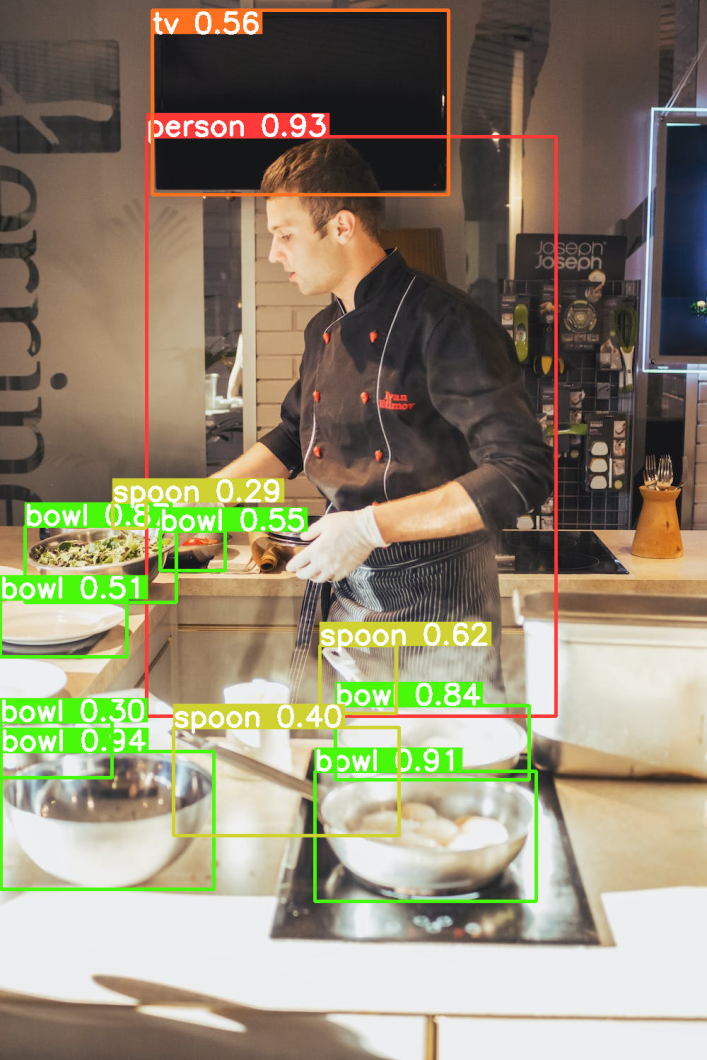
Quality assurance application deployed in a restaurant setting
Whether you are using computer vision for an enterprise-grade application or a fun project, the full development lifecycle typically includes nine key steps:
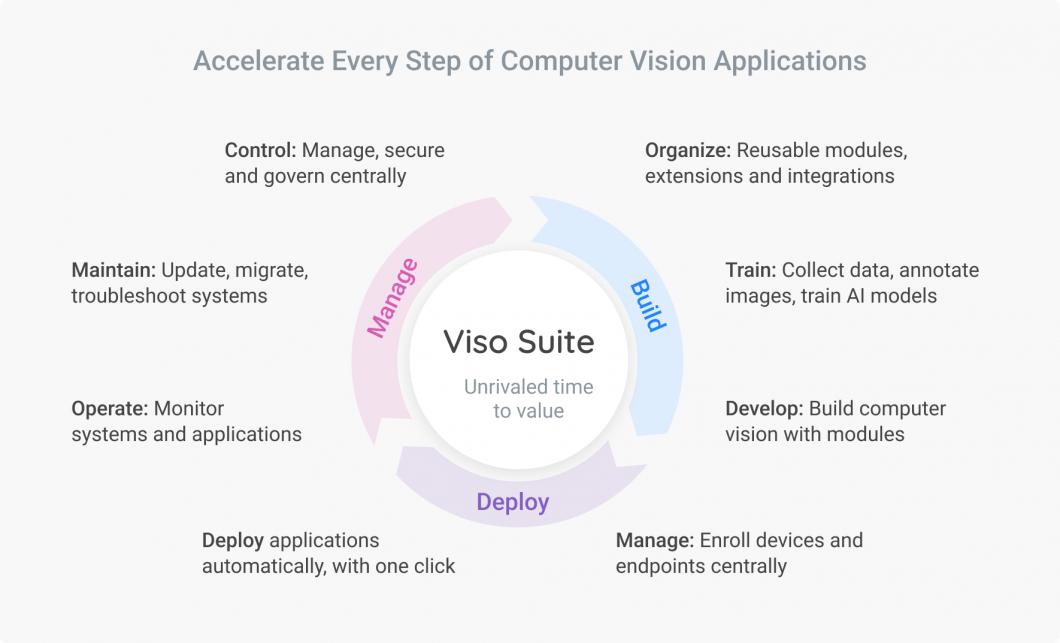
Full computer vision application lifecycle managed by ProX PC
However, before even entering the ML lifecycle, we need to perform the necessary prep work. In this article, we’ll walk you through how to structure your application idea and demonstrate how to productize your next artificial intelligence (AI) computer vision project. This prep work includes the following four steps:
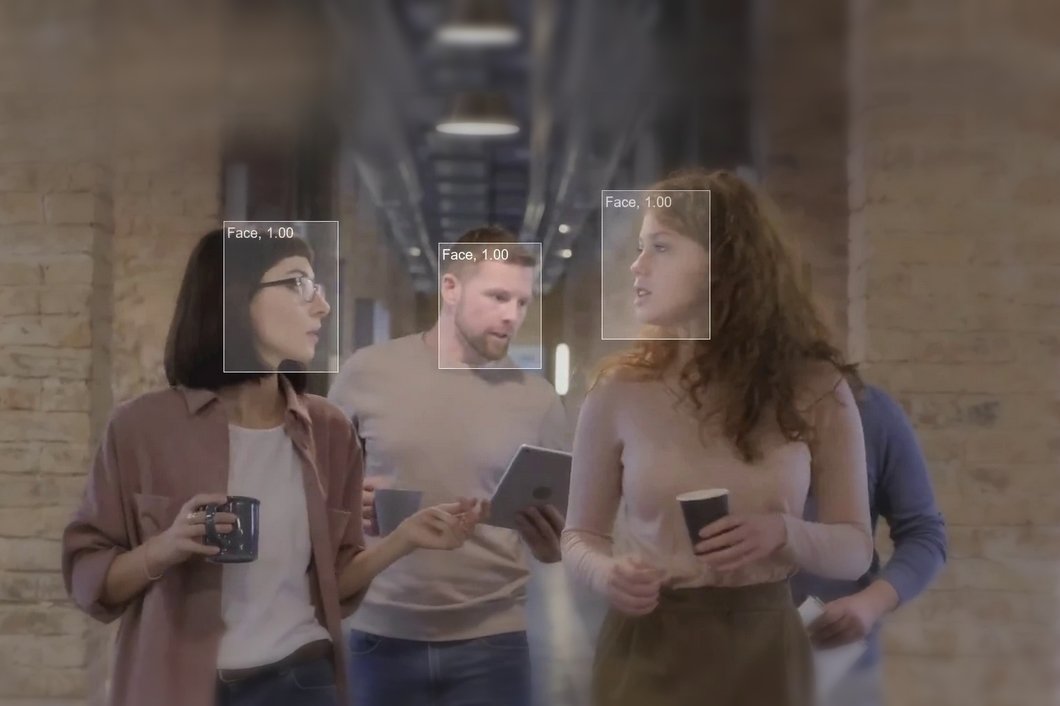
Face Recognition for a Productivity Monitoring Application with Deep Learning Methods
Setting Up Your Computer Vision Project
Step One: Ironing Out the Details
The very first step in the computer vision application prep work is to create your project description. This will identify who your stakeholders are and inform them of the key project deliverables. Additionally, this project description will provide those involved with the same level of understanding and support the process of translating the business requirements into technical tasks later on.
The project description should include the following dimensions:
Bonus: At this stage, it can be useful to assign and track responsibilities and deliverables in a Gantt chart. The Gantt chart allows users to easily visualize timelines and track the progress of tasks within the project.
![]()
Gantt chart for tracking computer vision project implementation
Step Two: Name the Features
As for any artificial intelligence project, the software developed must fulfill certain requirements and perform a set of features. The biggest risk is that a project becomes overloaded before it has even started. The more features added, the more complex it becomes.
Most of the time, building a feasibility study or proof of concept is enough to start the project without added complexity. Particularly, most Visual AI-based projects start with simple ideas such as people counting, facial recognition, or defect detection.

Computer vision project for the pharmaceutical industry for visual defect detection of pill capsules
Nice-to-have features are not particularly relevant at this early stage of development. Instead, we can add these features at later stages in the project. At this point, it is imperative to only focus on what is essential to getting the project off the ground.
Step Three: Prepare the Visual Material and Resources
Eventually, all computer vision projects will be based on sample visual material. We use visual material as input for AI inferencing and model training. Once the models are trained on enough high-quality, relevant visual data, they will be useful for implementation in real-world scenarios when the computer vision project is up and running.
Hence, we apply the pre-trained models, such as convolutional neural networks (CNNs) to applications like object detection, object tracking, human pose estimation, etc. While initial features, timelines, or administrative components are important, the project won’t get off the ground without proper visual training material.
In evaluating the quality of visual material, it is imperative to consider the following three characteristics:
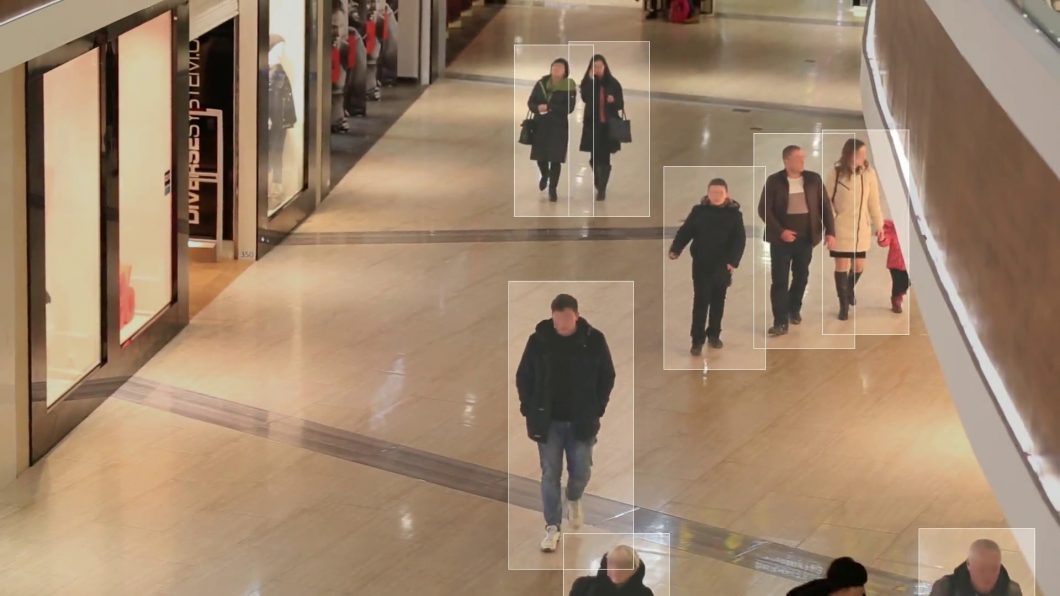
Computer vision projects require video material for testing with pre-trained AI models. The example shows applied privacy-preserving Face Blur.
The goal is to create a set of videos with the camera, angle, and scenery that you think might be practicable to implement later and show the objects of interest clearly. That way, the first feasibility tests run smoothly, and changes to the setting or the AI model are easily identifiable. Often it is much easier to adjust the setting, for example, by optimizing the distance to the object of interest.
In certain situations, it can be difficult to acquire visual material that meets the above requirements. In these cases, it can be useful to supplement real-world visual data with synthetic data. While artificially generated, this synthetic visual data can still be representative of real-world situations and imagery, and useful for training models and compiling datasets of objects of interest.
Visual synthetic data involves artificially generated images, mimicking real-world characteristics, to enhance machine learning algorithms‘ training by providing diverse and privacy-conscious datasets.
Step Four: Start Computer Vision Projects as Early as Possible
To minimize the time to start timeline, you must carry out the following steps:
The challenges and opportunities will definitely come into perspective once you begin working with real visual data. Once the first results are available, questions about computing performance, the need for real-time processing, or the optimal balance between algorithm performance and costs will follow automatically. This time you will be able to back your decisions on how to move forward with data from your proof of concept.
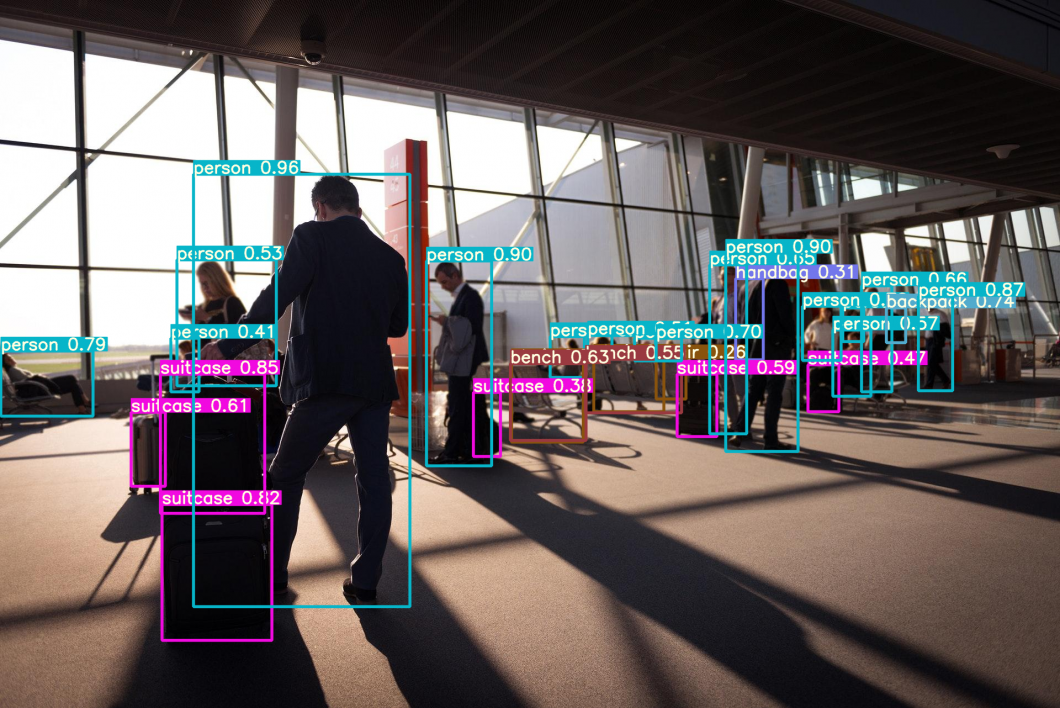
Occupancy monitoring project for airports and aviation
What’s Next With Computer Vision Projects?
Getting computer vision and visual deep learning projects off the ground requires quite a bit of initial grunt work. A structured and scalable approach can help you to kick this process off. Learning AI should be a hands-on experience and developing your first successful project can take several attempts. For help implementing and getting your enterprise computer vision application off the ground, message our team for a demo of ProX PC.

Face Anonymization Project with Image Processing
For more info visit www.proxpc.com
Related Products

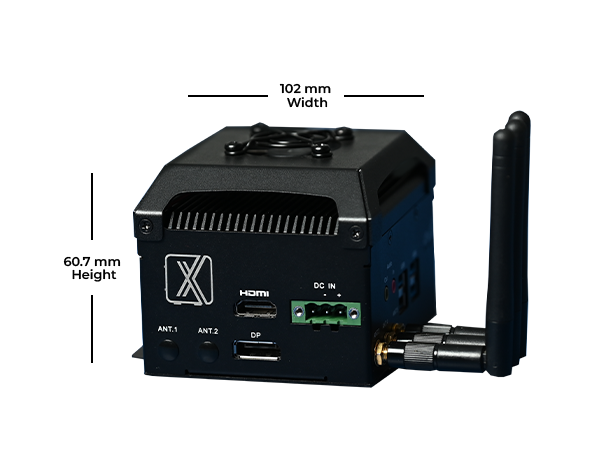
Share this: